NEW
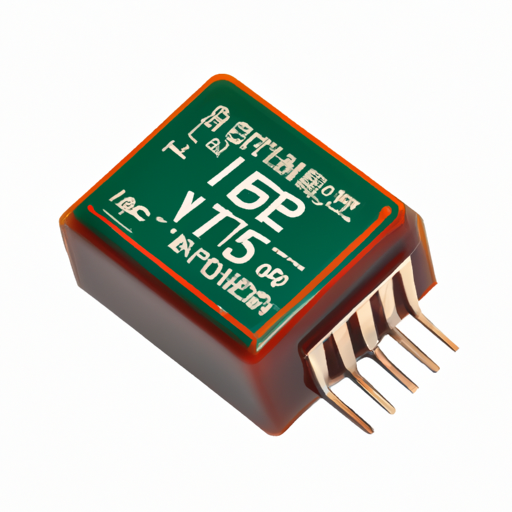
CFR-25JB-52-180K Programmable Timers and Oscillators Core Functional Technology1. Programmability:2. Precision Timing:3. Low Power Consumption:4. Wide Frequency Range:5. Integration with Microcontrollers:1. Consumer Electronics:2. Automotive Applications:3. Industrial Automation:4. Telecommunications:5. Medical Devices:6. IoT Applications: Application Development Cases ConclusionThe CFR-25JB-52-180K programmable timers and oscillators represent a cornerstone technology in modern electronics, offering flexibility, precision, and efficiency across a wide range of applications. Their programmability makes them invaluable in consumer electronics, automotive systems, industrial automation, telecommunications, medical devices, and IoT applications. As technology continues to advance, the significance of these devices will only grow, driving innovation and efficiency in electronic systems. Their ability to adapt to various needs positions them as essential components in the future of electronic design and application development.

Application Development in Delay Lines for CFR-50JB-52-180K: Key Technologies and Success StoriesDelay lines are essential components in a variety of applications, particularly in telecommunications, signal processing, and radar systems. The CFR-50JB-52-180K is a specific type of delay line that exemplifies the integration of advanced technologies in these fields. Below is an overview of key technologies and notable success stories related to the application development of delay lines, with a focus on the CFR-50JB-52-180K.
Key Technologies in Delay Lines1. Transmission Line Theory 2. Digital Signal Processing (DSP) 3. Microstrip and Stripline Technologies 4. Integrated Circuit (IC) Design 5. Optical Delay Lines 6. Software-Defined Radio (SDR) 1. Telecommunications 2. Radar Systems 3. Audio Processing 4. Medical Imaging 5. Automotive Applications Success Stories ConclusionThe CFR-50JB-52-180K delay line exemplifies the integration of advanced technologies across multiple fields, from telecommunications to medical imaging. Its application has led to significant improvements in performance, efficiency, and reliability across various industries. As technology continues to evolve, the role of delay lines is expected to expand, paving the way for new innovations and success stories in the future. The ongoing development and refinement of delay line technologies will likely lead to even more sophisticated applications, further enhancing their impact on modern technology.
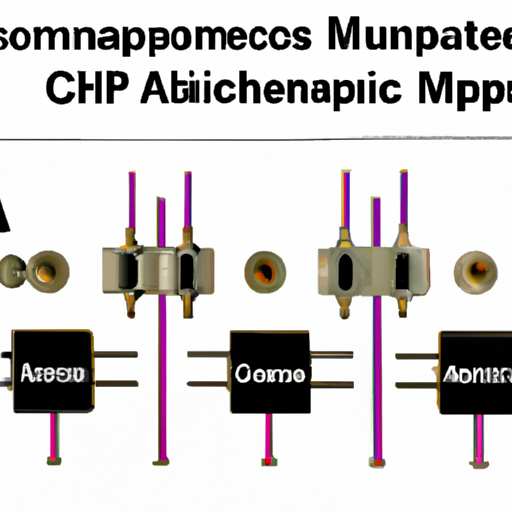
Certainly! Below is an expanded overview of core functional technologies related to instrumentation amplifiers, operational amplifiers (op-amps), and buffer amplifiers, along with detailed application development cases that highlight their effectiveness.
Core Functional Technologies 1. **Instrumentation Amplifiers**
Instrumentation amplifiers are designed for precise amplification of low-level signals, particularly in the presence of noise. They are characterized by their high input impedance, low output impedance, and excellent common-mode rejection ratio (CMRR).High CMRR: Essential for rejecting noise and interference, especially in differential signal applications.High CMRR: Essential for rejecting noise and interference, especially in differential signal applications.Low Offset Voltage and Drift: Ensures accuracy over time and temperature variations.Low Offset Voltage and Drift: Ensures accuracy over time and temperature variations.Differential Input: Allows for the measurement of small signals in the presence of large common-mode voltages.Differential Input: Allows for the measurement of small signals in the presence of large common-mode voltages.Medical Instrumentation: Used in devices like ECG and EEG machines to accurately measure bio-signals.Medical Instrumentation: Used in devices like ECG and EEG machines to accurately measure bio-signals.Strain Gauge Signal Conditioning: Amplifies signals from strain gauges used in structural health monitoring.Strain Gauge Signal Conditioning: Amplifies signals from strain gauges used in structural health monitoring.Data Acquisition Systems: Essential for converting analog signals from sensors into digital data for processing.Data Acquisition Systems: Essential for converting analog signals from sensors into digital data for processing.High Gain and Bandwidth: Allows for amplification of weak signals and processing of high-frequency signals.High Gain and Bandwidth: Allows for amplification of weak signals and processing of high-frequency signals.Configurable: Can be tailored for specific applications through various circuit configurations.Configurable: Can be tailored for specific applications through various circuit configurations.Low Noise and Distortion: Critical for maintaining signal integrity in sensitive applications.Low Noise and Distortion: Critical for maintaining signal integrity in sensitive applications.Signal Conditioning and Filtering: Used to prepare signals for further processing by removing noise and unwanted frequencies.Signal Conditioning and Filtering: Used to prepare signals for further processing by removing noise and unwanted frequencies.Active Filters: Implementing low-pass, high-pass, and band-pass filters for audio and communication systems.Active Filters: Implementing low-pass, high-pass, and band-pass filters for audio and communication systems.Analog Computing: Performing mathematical operations on analog signals in various applications.Analog Computing: Performing mathematical operations on analog signals in various applications.Unity Gain: The output voltage follows the input voltage, providing signal integrity without amplification.Unity Gain: The output voltage follows the input voltage, providing signal integrity without amplification.High Input Impedance: Prevents the loading of the previous stage, ensuring accurate signal transfer.High Input Impedance: Prevents the loading of the previous stage, ensuring accurate signal transfer.Low Output Impedance: Capable of driving loads without significant voltage drop.Low Output Impedance: Capable of driving loads without significant voltage drop.Impedance Matching: Ensures that signals are transferred efficiently between stages with different impedances.Impedance Matching: Ensures that signals are transferred efficiently between stages with different impedances.Signal Isolation: Prevents interaction between circuit stages, which is crucial in sensitive applications.Signal Isolation: Prevents interaction between circuit stages, which is crucial in sensitive applications.Driving Capacitive Loads: Ideal for applications where the load may vary, such as in audio systems.Driving Capacitive Loads: Ideal for applications where the load may vary, such as in audio systems. 2. **Operational Amplifiers (Op-Amps)**
Op-amps are versatile components that can perform a variety of functions in analog signal processing. They are used in configurations such as inverting, non-inverting, integrators, and differentiators. 3. **Buffer Amplifiers**
Buffer amplifiers, also known as voltage followers, are used to isolate different stages of a circuit. They provide high input impedance and low output impedance, which helps prevent loading effects. Application Development Cases Case 1: Medical Instrumentation
**Challenge:** Accurate measurement of bio-signals (e.g., ECG) in the presence of noise from electrical equipment.Solution: An instrumentation amplifier is used to amplify the small bio-signals while rejecting common-mode noise. The high CMRR of the instrumentation amplifier ensures that the noise does not affect the measurement accuracy. Outcome: The use of instrumentation amplifiers leads to improved signal fidelity and accuracy in medical diagnostics, resulting in better patient monitoring and diagnosis. This has significant implications for telemedicine and remote patient monitoring systems.
Case 2: Industrial Sensor Signal Conditioning
**Challenge:** Integrating multiple sensor signals (e.g., temperature, pressure) into a data acquisition system while maintaining accuracy.Solution: Op-amps are employed for signal conditioning, including filtering and amplification. Active filters are used to remove unwanted noise, ensuring that the signals are within the required range for the ADC (Analog-to-Digital Converter).
Outcome: Enhanced data accuracy and reliability in industrial automation systems lead to improved process control and efficiency. This is particularly important in industries such as manufacturing and energy management.
Case 3: Audio Equipment
**Challenge:** Driving speakers with varying impedance without signal loss or distortion.Solution: Buffer amplifiers are implemented to isolate the audio source from the speaker load. The buffer ensures that the audio signal maintains its integrity while driving the speaker, regardless of the load characteristics.
Outcome: Improved audio quality and performance, with reduced distortion and better dynamic range in audio systems. This is crucial for high-fidelity audio applications and professional sound systems.
Conclusion
Instrumentation amplifiers, operational amplifiers, and buffer amplifiers are fundamental components in modern electronic systems. Their unique characteristics enable a wide range of applications, from medical instrumentation to industrial automation and audio processing. By leveraging these technologies effectively, engineers can develop robust and reliable systems that meet the demands of various applications, ultimately enhancing performance and user experience across multiple domains.
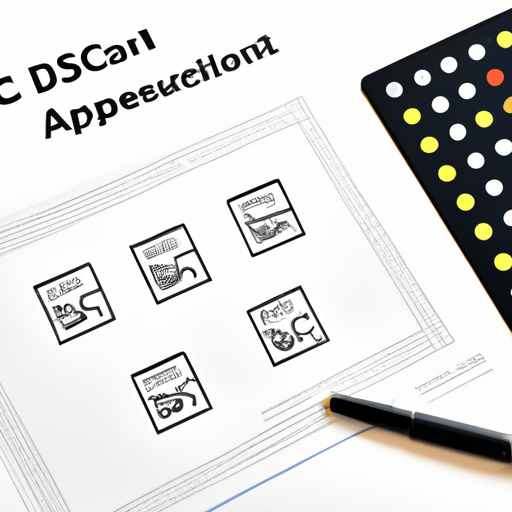
Application Development in Specialized ICs for CFR-50JB-52-180R: Key Technologies and Success StoriesThe CFR-50JB-52-180R is a specialized integrated circuit (IC) that likely serves specific applications in telecommunications, automotive, industrial control, and consumer electronics. While detailed specifications for this particular IC may not be available, we can explore the broader landscape of specialized IC development, focusing on key technologies and notable success stories that illustrate the impact of these innovations.
Key Technologies in Specialized IC Development1. Application-Specific Integrated Circuits (ASICs)2. Field-Programmable Gate Arrays (FPGAs)3. System-on-Chip (SoC)4. Mixed-Signal ICs5. Power Management ICs (PMICs)6. Embedded Systems7. Internet of Things (IoT) Integration1. Telecommunications2. Automotive Industry3. Consumer Electronics4. Medical Devices5. Industrial Automation6. Smart Home Devices Success Stories in Specialized IC Applications ConclusionThe development of specialized ICs, such as the CFR-50JB-52-180R, leverages advanced technologies to meet specific application needs across various industries. The success stories highlighted demonstrate the transformative impact of these ICs in driving innovation, improving performance, and enabling new functionalities. As technology continues to evolve, the demand for specialized ICs is expected to grow, leading to further advancements and applications in diverse fields, ultimately shaping the future of electronics and connectivity.
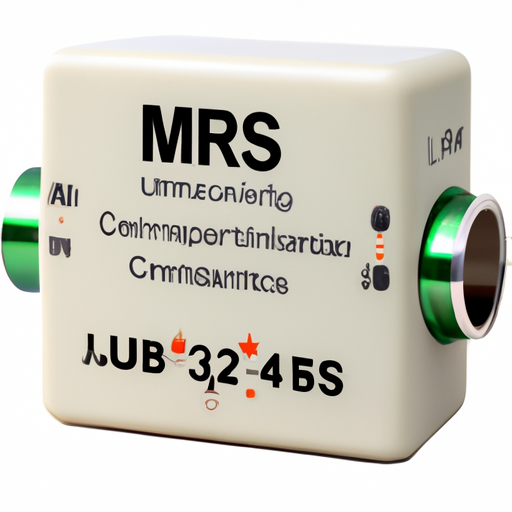
Overview of CFR-25JB-52-16K IMUsThe CFR-25JB-52-16K Inertial Measurement Unit (IMU) is a sophisticated device that integrates multiple sensors to provide precise measurements of motion and orientation. It is particularly valued for its high accuracy, reliability, and versatility across various applications. Below, we delve deeper into the core functional technologies, application development cases, and relevant articles that highlight the effectiveness of IMUs like the CFR-25JB-52-16K.
Core Functional Technologies of IMUs1. Sensor Fusion2. 3D Orientation and Motion Tracking3. Real-Time Data Processing4. Low Power Consumption5. High Precision and Accuracy1. Aerospace and Aviation2. Automotive Industry3. Robotics4. Wearable Technology5. Virtual and Augmented Reality6. Industrial Automation1. "Understanding Inertial Measurement Units (IMUs)"2. "Sensor Fusion Techniques for IMUs"3. "The Role of IMUs in Autonomous Vehicles"4. "IMUs in Robotics: Enhancing Motion Control"5. "Wearable Technology and IMUs: A New Era of Health Monitoring" Application Development Cases Articles and Resources ConclusionThe CFR-25JB-52-16K IMU exemplifies the critical role of inertial measurement units in modern technology. By enabling precise motion tracking and navigation, IMUs are transforming various industries, including aerospace, automotive, robotics, and wearable technology. As the demand for accurate motion sensing continues to grow, the significance of IMUs will only increase, driving further innovations and applications in the future.
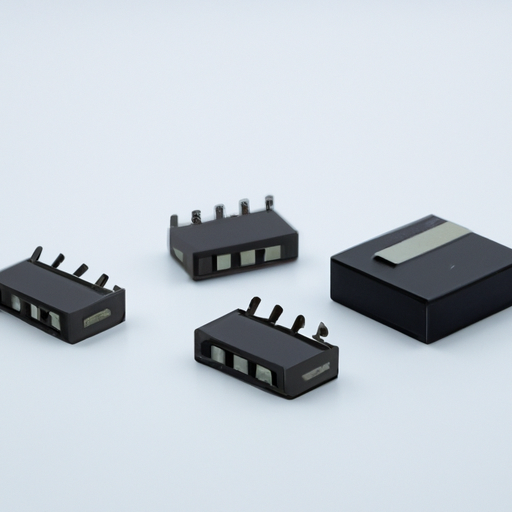
Overview of Solid State Switches: CFR-50JB-52-16RSolid-state switches, such as the CFR-50JB-52-16R, are pivotal in modern electronic systems due to their reliability, efficiency, and compact design. These switches leverage advanced semiconductor technologies to provide effective control over electrical power without the mechanical limitations of traditional switches. Below, we delve into the core functional technologies and application development cases that underscore the effectiveness of solid-state switches.
Core Functional Technologies1. Semiconductor Technology2. Zero-Crossing Detection3. Thermal Management4. Opto-Isolation5. Integrated Protection Features1. Industrial Automation2. HVAC Systems3. Renewable Energy Systems4. Consumer Electronics5. Automotive Applications6. Telecommunications Application Development Cases ConclusionThe CFR-50JB-52-16R and similar solid-state switches exemplify the advancements in electronic switching technology. Their core functionalities—such as rapid switching, effective thermal management, and integrated protection—make them suitable for a diverse array of applications, from industrial automation to consumer electronics. As technology continues to evolve, the significance of solid-state switches is expected to grow, driving further innovation across various sectors. Their reliability and efficiency will remain key factors in the development of next-generation electronic systems.
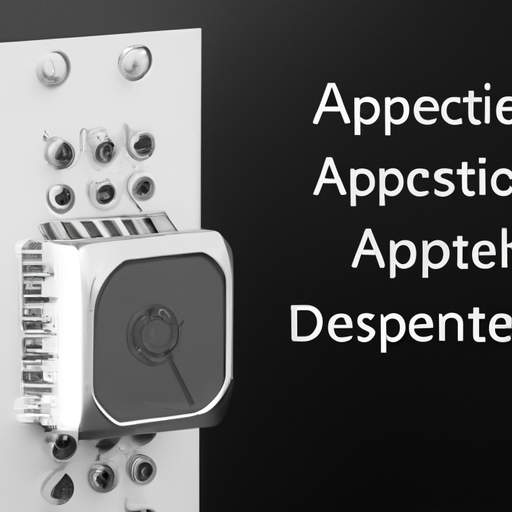
Application Development in Solid-State Thermostats: CFR-25JB-52-160RThe development of solid-state thermostats, such as the CFR-25JB-52-160R, represents a significant advancement in HVAC control technology. By leveraging key technologies and learning from successful case studies, manufacturers can create devices that are not only efficient and reliable but also user-friendly. Below is a detailed exploration of the key technologies involved and notable success stories in the field.
Key Technologies1. Microcontroller Units (MCUs)2. Sensors3. Wireless Communication4. User Interface (UI)5. Energy Management Algorithms6. Solid-State Components7. Cloud Computing1. Nest Learning Thermostat2. Ecobee SmartThermostat3. Honeywell Home T94. Emerson Sensi Touch5. Tado Smart AC Control Success Stories ConclusionThe development of solid-state thermostats like the CFR-25JB-52-160R is propelled by advancements in microcontrollers, sensors, wireless communication, and user interface design. The success of established products in the market highlights the importance of energy efficiency, user experience, and seamless integration with smart home ecosystems. As technology continues to evolve, there remains significant potential for innovation in thermostat design and functionality, paving the way for even smarter and more efficient climate control solutions.
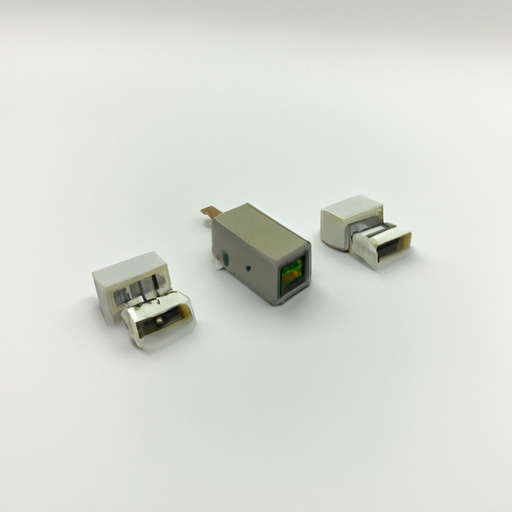
CFR-25JB-52-160K Proximity/Occupancy Sensors: Core Functional Technologies and Application Development CasesProximity and occupancy sensors, such as the CFR-25JB-52-160K, play a pivotal role in modern automation, energy management, and smart building technologies. Below, we delve into the core functional technologies and application development cases that showcase the effectiveness of these sensors.
Core Functional Technologies1. Detection Technology2. Integration with IoT3. Smart Algorithms4. Energy Management5. Wireless Communication1. Smart Lighting Systems2. HVAC Control3. Security Systems4. Smart Home Automation5. Retail Analytics6. Healthcare Facilities7. Industrial Automation Application Development Cases ConclusionThe CFR-25JB-52-160K proximity/occupancy sensor exemplifies the advancements in sensor technology that enhance automation, energy efficiency, and user experience across various applications. By leveraging these sensors, businesses and homeowners can create smarter, more responsive environments that adapt to their needs while promoting sustainability. As technology continues to evolve, the potential applications for proximity and occupancy sensors will expand, driving further innovation in smart technology solutions. The integration of these sensors into everyday systems not only improves operational efficiency but also contributes to a more sustainable future.
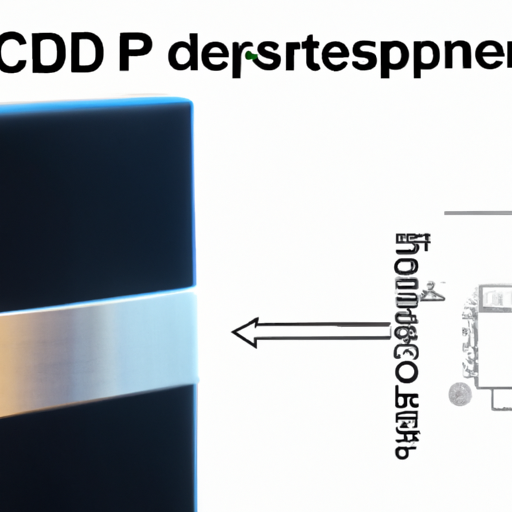
Application Development in the Photoelectric Industrial Sector for CFR-50JB-52-160KThe development of applications in the photoelectric industrial sector, particularly for products like the CFR-50JB-52-160K, is a dynamic field that leverages cutting-edge technologies to enhance operational efficiency, accuracy, and user experience. Below, we delve into key technologies and notable success stories that illustrate the impact of these advancements.
Key Technologies1. Photoelectric Sensors2. Machine Learning and AI3. IoT Integration4. Wireless Communication5. Robustness and Durability1. Automotive Manufacturing2. Food and Beverage Industry3. Logistics and Warehousing4. Pharmaceutical Manufacturing5. Smart Agriculture Success Stories ConclusionThe application development in the photoelectric industrial sector, particularly for products like the CFR-50JB-52-160K, is characterized by the integration of advanced sensor technologies, machine learning, IoT, and robust design principles. The success stories across various industries underscore the transformative potential of these technologies, leading to enhanced efficiency, reduced costs, and improved product quality. As industries continue to evolve, the ongoing integration of these technologies will be pivotal in shaping the future of industrial automation and smart manufacturing, driving innovation and operational excellence.

Application Development in Capacitive Touch Sensors: CFR-50JB-52-160RDeveloping applications that utilize capacitive touch sensors, such as the CFR-50JB-52-160R, involves a blend of advanced technologies and innovative methodologies. Capacitive touch sensors are favored in many devices due to their responsiveness, durability, and support for multi-touch functionality. Below is a detailed overview of the key technologies involved in capacitive touch sensor application development, along with notable success stories.
Key Technologies1. Capacitive Sensing Technology2. Microcontroller Integration3. User Interface (UI) Design4. Power Management5. Environmental Considerations6. Software Development Kits (SDKs)1. Consumer Electronics2. Home Automation3. Automotive Applications4. Industrial Applications5. Healthcare Devices Success Stories ConclusionThe development of applications using capacitive touch sensors like the CFR-50JB-52-160R is a dynamic field that combines hardware and software engineering, user experience design, and innovative thinking. By leveraging the key technologies outlined above, developers can create successful products across various industries, enhancing user interaction and functionality. As technology continues to evolve, the potential applications for capacitive touch sensors will expand, leading to even more innovative solutions and improved user experiences.
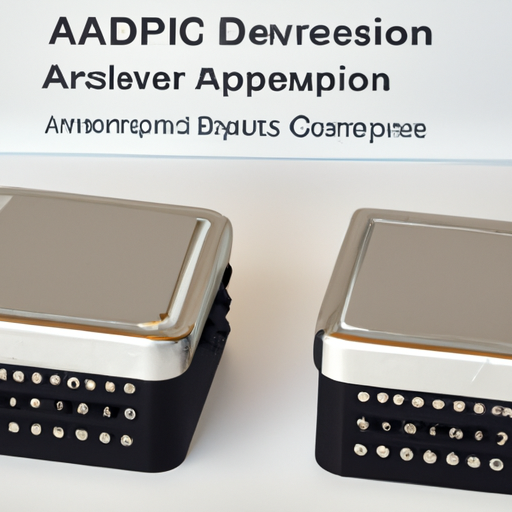
Application Development in Sensor and Transducer Amplifiers for CFR-25JB-52-15R: Key Technologies and Success StoriesThe integration of sensor and transducer amplifiers, such as the CFR-25JB-52-15R, into various applications has revolutionized industries by enhancing data acquisition, processing, and communication. Below, we delve into the key technologies that underpin these developments and highlight notable success stories that illustrate their impact.
Key Technologies1. Signal Conditioning2. Analog-to-Digital Conversion (ADC)3. Microcontroller Integration4. Wireless Communication5. Power Management6. Calibration and Compensation1. Industrial Automation2. Healthcare Monitoring3. Environmental Monitoring4. Automotive Applications5. Smart Agriculture Success Stories ConclusionThe application development landscape for sensor and transducer amplifiers, particularly the CFR-25JB-52-15R, is characterized by rapid technological advancements and diverse industry applications. The key technologies involved—ranging from signal conditioning to wireless communication—are pivotal in enhancing operational efficiency, safety, and data accuracy. The success stories across various sectors underscore the transformative impact of these technologies, paving the way for future innovations and improvements in existing systems. As the field continues to evolve, the potential for new applications and enhancements will expand, further solidifying the role of sensor and transducer amplifiers in modern technology.
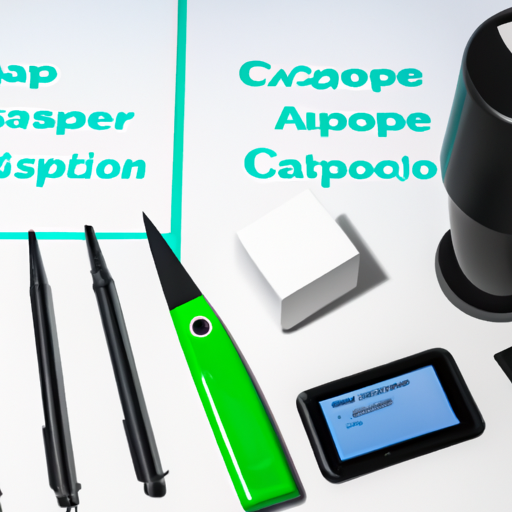
Application Development in Gyroscopes for CFR-50JB-52-15K: Key Technologies and Success StoriesThe CFR-50JB-52-15K is a specific model of gyroscope that plays a crucial role in various applications, including aerospace, automotive, robotics, and consumer electronics. Gyroscopes are essential for navigation and stabilization systems, and their application development involves several key technologies and methodologies. Below is an overview of these technologies and notable success stories related to gyroscope application development.
Key Technologies in Gyroscope Application Development1. MEMS Technology2. Sensor Fusion3. Digital Signal Processing (DSP)4. Machine Learning and AI5. Wireless Communication6. Robustness and Calibration Techniques1. Aerospace Navigation2. Automotive Stability Control3. Smartphones and Wearables4. Robotics and Drones5. Virtual Reality (VR) and Augmented Reality (AR)6. Healthcare Applications Success Stories ConclusionThe application development of gyroscopes, such as the CFR-50JB-52-15K, is driven by advancements in MEMS technology, sensor fusion, and digital signal processing. Success stories across various industries underscore the versatility and importance of gyroscopes in enhancing navigation, stability, and user experience. As technology continues to evolve, the potential applications for gyroscopes are likely to expand, leading to further innovations and improvements across multiple fields. The ongoing integration of AI, machine learning, and wireless communication will continue to shape the future of gyroscope applications, making them even more integral to modern technology.
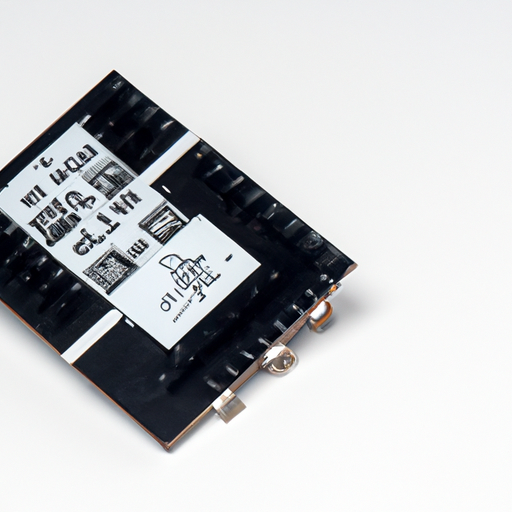
Overview of Position, Proximity, and Speed SensorsThe CFR-25JB-52-150K is a specific model of a position, proximity, and speed sensor module, which plays a crucial role in various applications across multiple industries. Below is a detailed overview of the core functional technologies and application development cases related to these sensors.
Core Functional Technologies1. Position Sensors2. Proximity Sensors3. Speed Sensors1. Industrial Automation2. Robotics3. Automotive Systems4. Consumer Electronics5. Smart Home Devices Application Development Cases ConclusionPosition, proximity, and speed sensors, including models like the CFR-25JB-52-150K, are vital components in modern technology, driving advancements in automation, safety, and user experience. Their effectiveness stems from their ability to provide accurate and reliable data for control systems, enabling smarter and more efficient operations across various applications. For further insights, industry journals, technical papers, and manufacturer resources can provide specific articles and case studies that delve deeper into the applications and innovations in this field.

Application Development in Multifunction for CFR-50JB-52-150K: Key Technologies and Success StoriesDeveloping applications for multifunction devices like the CFR-50JB-52-150K involves leveraging various key technologies and methodologies to ensure efficiency, reliability, and user satisfaction. Below are the key technologies and notable success stories related to application development for such multifunction devices.
Key Technologies1. Embedded Systems Programming2. User Interface (UI) Design3. Connectivity Technologies4. Data Management and Analytics5. Security Protocols6. Modular Architecture1. Smart Home Integration2. Healthcare Monitoring3. Industrial Automation4. Educational Tools5. Environmental Monitoring Success Stories ConclusionThe development of applications for multifunction devices like the CFR-50JB-52-150K requires a combination of advanced technologies and innovative approaches. By focusing on user experience, connectivity, data management, and security, developers can create successful applications that meet the needs of various industries and users. The success stories highlight the potential of multifunction devices to transform operations across different sectors, showcasing the importance of continuous innovation and adaptation in application development. As technology continues to evolve, the integration of emerging technologies such as artificial intelligence, machine learning, and advanced analytics will further enhance the capabilities of multifunction devices, paving the way for even more innovative applications in the future.


lang_service_time
lang_select_kefu
Yeonsin Lian












